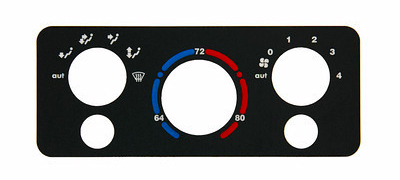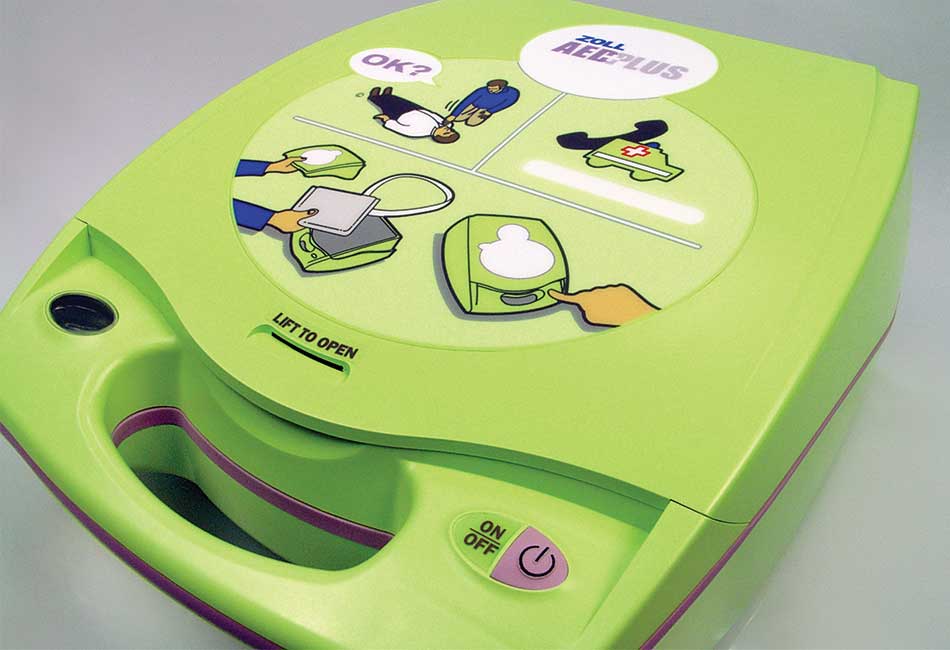Most Effective Materials and Techniques for Reliable Graphic Overlays
Most Effective Materials and Techniques for Reliable Graphic Overlays
Blog Article
Comprehending Exactly How Graphic Overlays Work to Boost Your Creative Tasks
Graphic overlays serve as an essential element in the realm of creative tasks, improving both visual interaction and audience interaction. The successful assimilation of these overlays requires mindful consideration of layout concepts and purposes.
What Are Graphic Overlays?
Graphic overlays are aesthetic elements that are positioned on top of a base image or user interface to improve communication and customer experience. They offer various functions, consisting of supplying extra details, assisting user interaction, and enhancing aesthetic appeal. Common applications of graphic overlays can be located in electronic interfaces, marketing, and educational products.

Graphic overlays are commonly created making use of design software program, enabling developers to adjust dimension, openness, and color to attain the desired effect. They can be static or vibrant, with animations that attract the viewer's eye and improve engagement. The tactical use graphic overlays not just enhances aesthetic power structure however likewise help in providing a clear and meaningful message. Understanding exactly how to successfully apply visuals overlays is critical for designers aiming to boost their imaginative tasks.

Advantages of Using Graphic Overlays
Utilizing visuals overlays can dramatically improve the efficiency of aesthetic communication across various mediums. One of the main advantages is the capacity to convey intricate details succinctly. By layering graphics, message, and images, overlays assist in the presentation of information in a more absorbable style, making it easier for audiences to realize essential ideas quickly.
In addition, graphic overlays can increase aesthetic appeal, accentuating particular elements within a design. This is particularly advantageous in marketing and advertising and marketing, where recording the customer's interest is extremely important. The tactical use shades, forms, and typography in overlays can create a natural and engaging visual narrative, enhancing brand name acknowledgment.
In addition, graphic overlays provide versatility in style. They permit creators to adapt web content for various platforms without going back to square one, guaranteeing uniformity throughout various networks. This flexibility is vital in today's digital landscape, where web content should be enhanced for varied tools and formats.
Types of Graphic Overlays
When considering the various kinds of graphic overlays, it is important to identify their varied applications across different sectors. Graphic overlays can be categorized mostly right into three kinds: practical, attractive, and informative.
Practical overlays are designed to boost the functionality of an item. Commonly discovered in electronic tools, these overlays usually give tactile feedback find via raised switches or distinctive surface areas, improving customer communication. They can also offer as a safety layer, securing the underlying elements from damage.
Ornamental overlays focus on aesthetic improvement, enabling brands to share their identity with vivid styles and customized graphics. These overlays prevail in packaging, marketing, and point-of-sale materials, where visual charm is important for drawing in consumers.
Educational overlays, on the other hand, are used to convey important information or instructions. They can be seen in applications such as signage, customer handbooks, and educational graphics, where clearness and readability are critical.
Each kind of visuals overlay offers a distinct function, adding to the overall effectiveness of creative projects while dealing with certain needs within numerous markets. Understanding these differences is crucial for picking the right overlay for your task.
Ideal Practices for Application
To make sure the effective implementation of graphic overlays, it is vital to establish a clear understanding of the job's objectives and the particular demands of the end-users. Begin by performing complete research to identify the target market and their preferences, as this will certainly educate layout options and performance.
Following, create a comprehensive strategy that details the overlay's combination, objective, and layout procedure. This plan must consist of interface considerations, ensuring that overlays improve instead of obstruct the user experience - Graphic Overlays. Preserve and think about the visual hierarchy uniformity in layout elements, such as color fonts, symbols, and systems, to advertise brand coherence
Checking is vital; collect feedback from a representative sample of users to identify prospective issues and areas for renovation. Repeat on the style based upon user input and performance blog here information. In addition, make certain compatibility throughout different tools and platforms to take full advantage of availability.
Devices for Creating Overlays
Producing effective graphic overlays needs the right tools to translate design concepts into practical applications. Different software application and systems are offered, each tailored to certain needs and ability degrees.
Adobe Photoshop and Illustrator are market standards, offering considerable capabilities for developing and manipulating overlays. These devices give advanced functions such as layer administration, mixing settings, and vector graphics, enabling designers to develop top notch and elaborate overlays.
For those seeking an extra straightforward method, Canva and Figma are exceptional choices (Graphic Overlays). Canva's intuitive interface allows users to develop overlays quickly making use of pre-designed design templates, while Figma helps with collaborative design in real-time, making it excellent for groups
In addition, open-source alternatives like GIMP and Inkscape supply robust performances without the connected expenses of exclusive software application. These devices enable flexibility in style and can suit various file formats, making certain compatibility throughout various systems.

Verdict
In conclusion, visuals overlays offer as powerful devices for improving innovative tasks by providing aesthetic clearness, aesthetic allure, and brand uniformity. By comprehending the fundamental concepts and advantages associated with graphic overlays, developers can dramatically boost the quality and effectiveness of their aesthetic communications.
Graphic overlays serve as an essential component in the world of innovative projects, boosting both aesthetic communication and audience interaction.Graphic overlays are often produced using layout software program, permitting developers to control size, This Site color, and openness to accomplish the wanted result.Additionally, graphic overlays can improve aesthetic charm, drawing focus to particular aspects within a layout.Furthermore, visuals overlays give flexibility in layout.In final thought, graphic overlays serve as powerful devices for enhancing creative projects by providing aesthetic quality, visual appeal, and brand name consistency.
Report this page